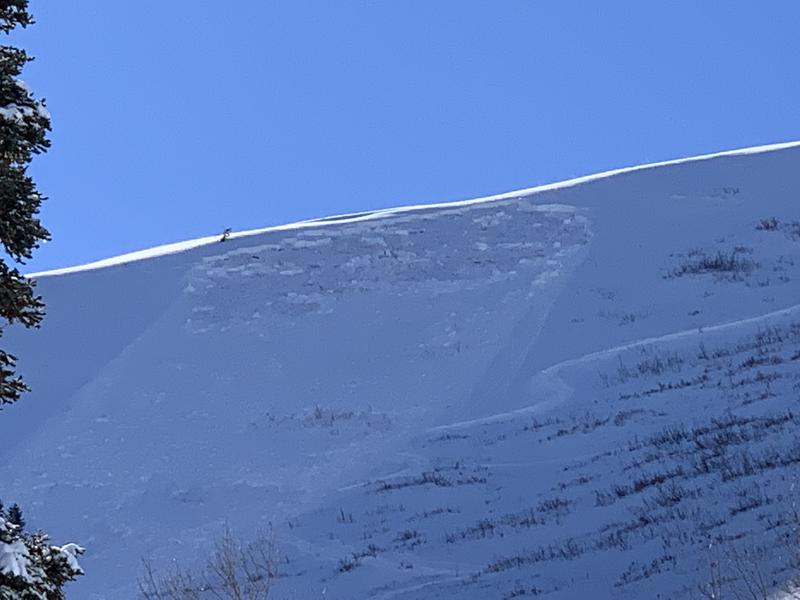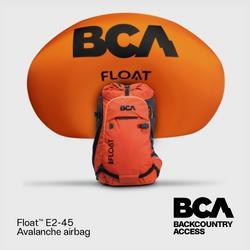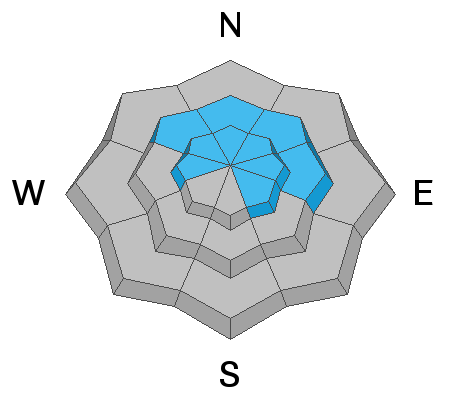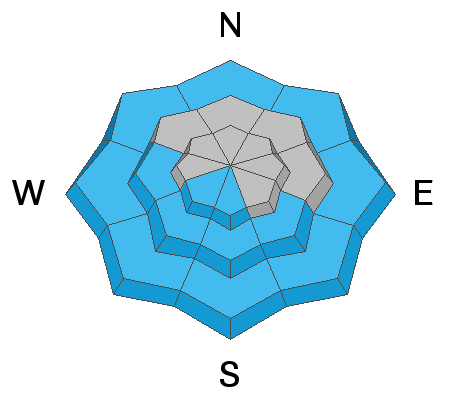Forecast for the Salt Lake Area Mountains

Issued by Evelyn Lees on
Monday morning, November 26, 2018
Monday morning, November 26, 2018
Any slope with old sugary, faceted snow near the ground is dangerous. Stay off mid and upper elevation slopes facing northwest through easterly, where the avalanche danger is CONSIDERABLE and you can easily trigger avalanches breaking 1 to 3 feet deep. Avalanches can be triggered from a distance and from below. Upper elevation west and southeasterly facing slopes have patchier old snow, but can still produce avalanches.
Low angle slopes have great riding conditions, and the danger is LOW on south and southwesterly facing slopes where the new snow landed on bare ground.
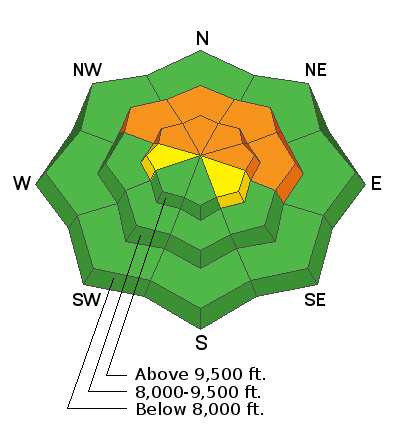
Low
Moderate
Considerable
High
Extreme
Learn how to read the forecast here




